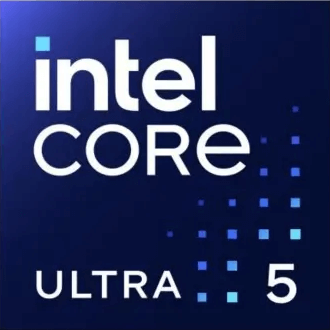AMD Ryzen 7 9800X3D vs Intel Core Ultra 7 265
We compared two desktop CPUs: AMD Ryzen 7 9800X3D with 8 cores 4.7GHz and Intel Core Ultra 7 265 with 20 cores 2.4GHz . You will find out which processor performs better in benchmark tests, key specifications, power consumption and more.
Main Differences
AMD Ryzen 7 9800X3D 's Advantages
Higher base frequency (4.7GHz vs 2.4GHz)
Larger L3 cache size (96MB vs 30MB)
Intel Core Ultra 7 265 's Advantages
Higher specification of memory (6400 vs 5600)
Larger memory bandwidth (102.4GB/s vs 89.6GB/s)
More modern manufacturing process (3nm vs 4nm)
Lower TDP (65W vs 120W)
Score
Benchmark
Cinebench R23 Single Core
AMD Ryzen 7 9800X3D
2072
Intel Core Ultra 7 265
+4%
2155
Cinebench R23 Multi Core
AMD Ryzen 7 9800X3D
23349
Intel Core Ultra 7 265
+22%
28699
Geekbench 6 Single Core
AMD Ryzen 7 9800X3D
+10%
3316
Intel Core Ultra 7 265
2991
Geekbench 6 Multi Core
AMD Ryzen 7 9800X3D
18343
Intel Core Ultra 7 265
+8%
19830
Cinebench 2024 Single Core
AMD Ryzen 7 9800X3D
132
Intel Core Ultra 7 265
131
Cinebench 2024 Multi Core
AMD Ryzen 7 9800X3D
1321
Intel Core Ultra 7 265
+14%
1519
Passmark CPU Single Core
AMD Ryzen 7 9800X3D
4435
Intel Core Ultra 7 265
+7%
4770
Passmark CPU Multi Core
AMD Ryzen 7 9800X3D
40072
Intel Core Ultra 7 265
+18%
47434
General Parameters
Nov 2024
Release Date
Dec 2024
AMD
Manufacturer
Intel
Desktop
Type
Desktop
x86-64
Instruction Set
x86-64
Zen 5 (Granite Ridge)
Core Architecture
Arrow Lake
-
Processor Number
265
AM5
Socket
FCLGA-1851
Radeon Graphics
Integrated Graphics
Arc Graphics
-
Generation
Ultra 7 (Arrow Lake)
Package
-
Transistor Count
17.8 billions
4 nm
Manufacturing Process
3 nm
120 W
Power Consumption
65 W
162 W
Max Turbo Power Consumption
182 W
95 °C
Peak Operating Temperature
105 °C
TSMC
Foundry
TSMC
-
Die Size
243 mm²
CPU Performance
8
Performance Cores
8
16
Performance Core Threads
8
4.7 GHz
Performance Core Base Frequency
2.4 GHz
5.2 GHz
Performance Core Turbo Frequency
5.3 GHz
-
Efficiency Cores
12
-
Efficiency Core Threads
12
-
Efficiency Core Base Frequency
1.8 GHz
-
Efficiency Core Turbo Frequency
4.6 GHz
8
Total Core Count
20
16
Total Thread Count
20
100 MHz
Bus Frequency
100 MHz
47
Multiplier
24
80 K per core
L1 Cache
192 K per core
1 MB per core
L2 Cache
3 MB per core
96 MB shared
L3 Cache
30 MB shared
No
Unlocked Multiplier
No
-
SMP
1
Memory Parameters
DDR5-5600
Memory Types
DDR5-6400
192 GB
Max Memory Size
256 GB
2
Max Memory Channels
2
89.6 GB/s
Max Memory Bandwidth
102.4 GB/s
Yes
ECC Memory Support
Yes
Graphics Card Parameters
true
Integrated Graphics
true
400 MHz
GPU Base Frequency
-
2200 MHz
GPU Max Dynamic Frequency
1950 MHz
128
Shader Units
-
8
Texture Units
-
4
Raster Operation Units
-
2
Execution Units
-
15
Power Consumption
-
0.6 TFLOPS
Graphics Performance
-








